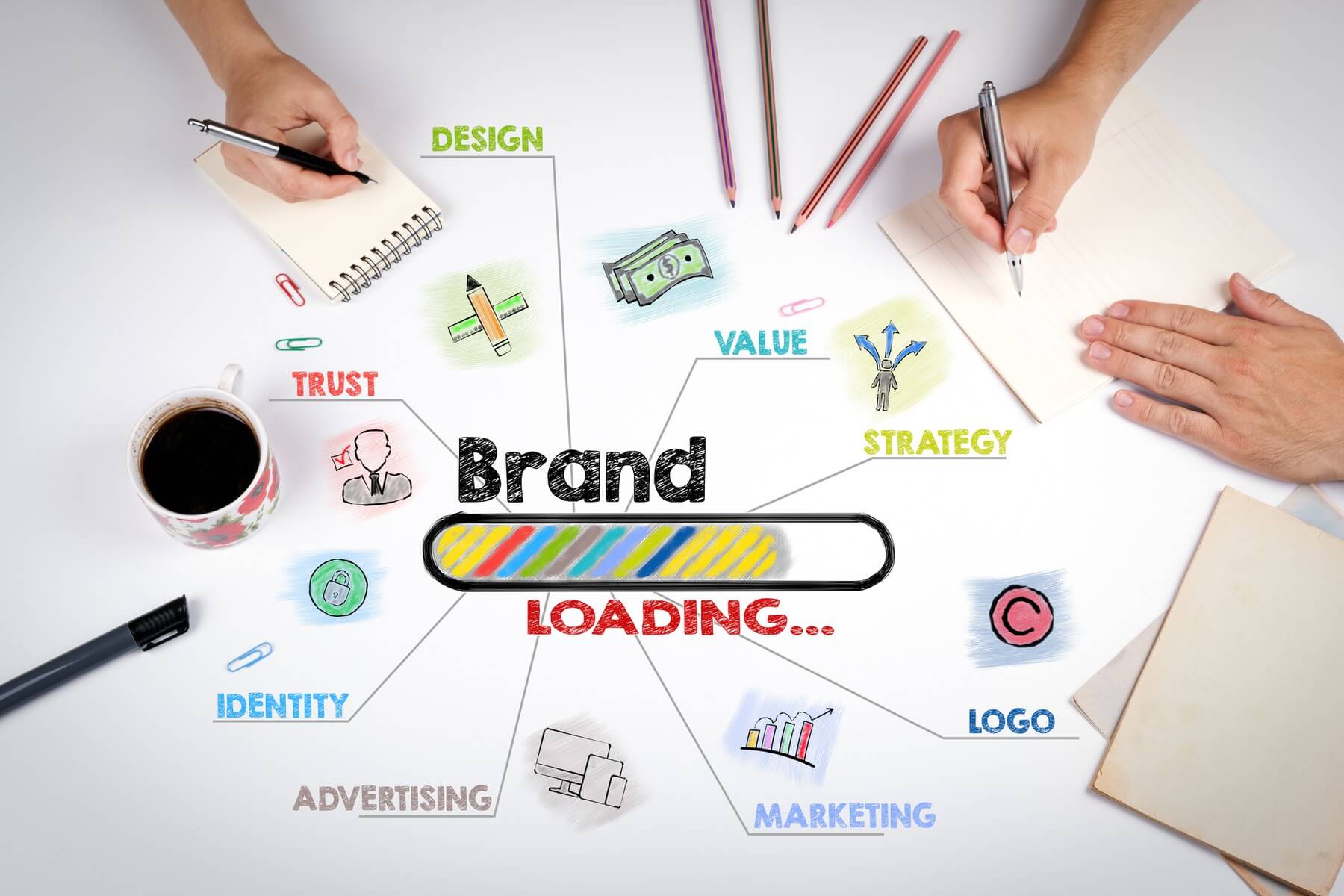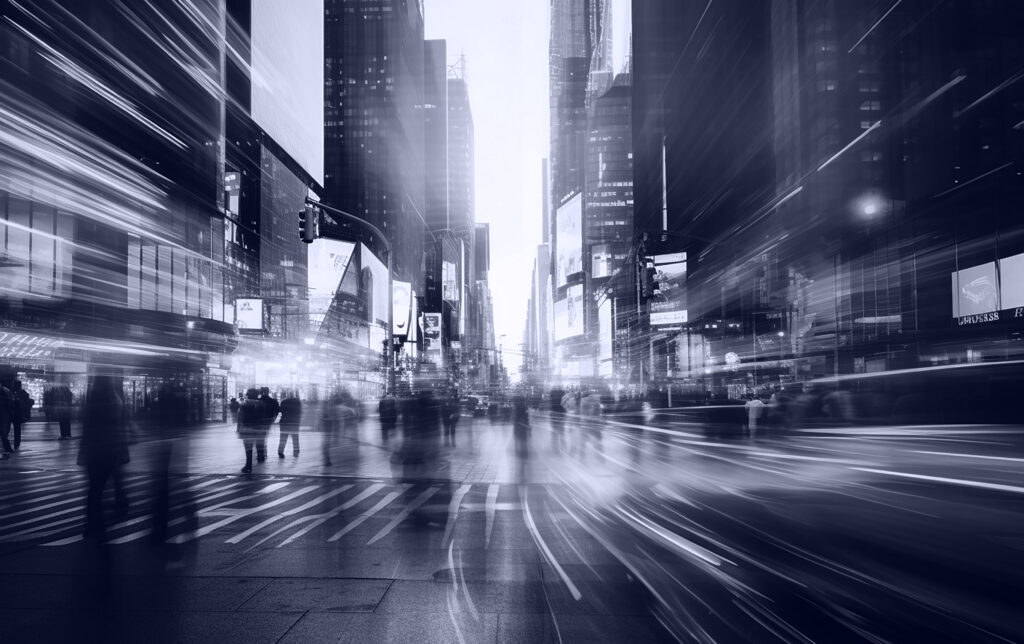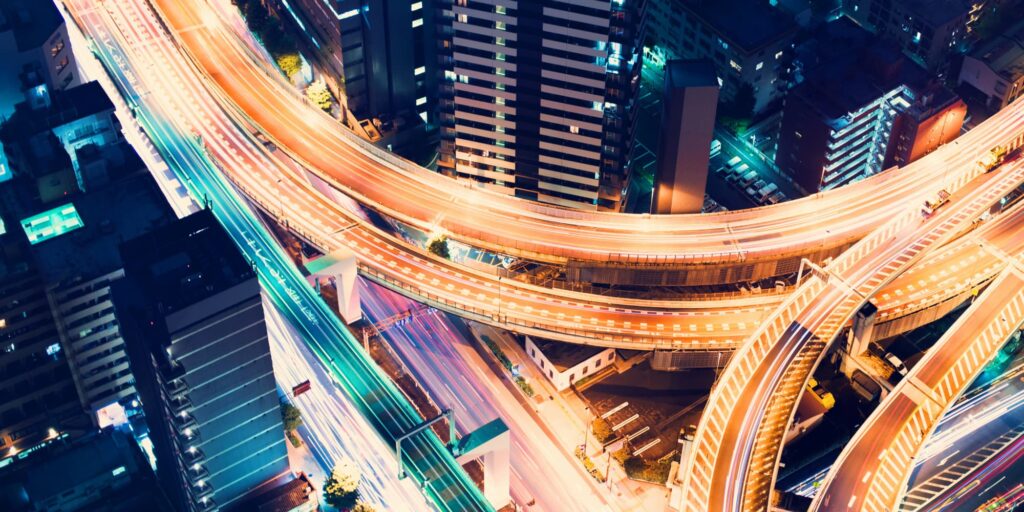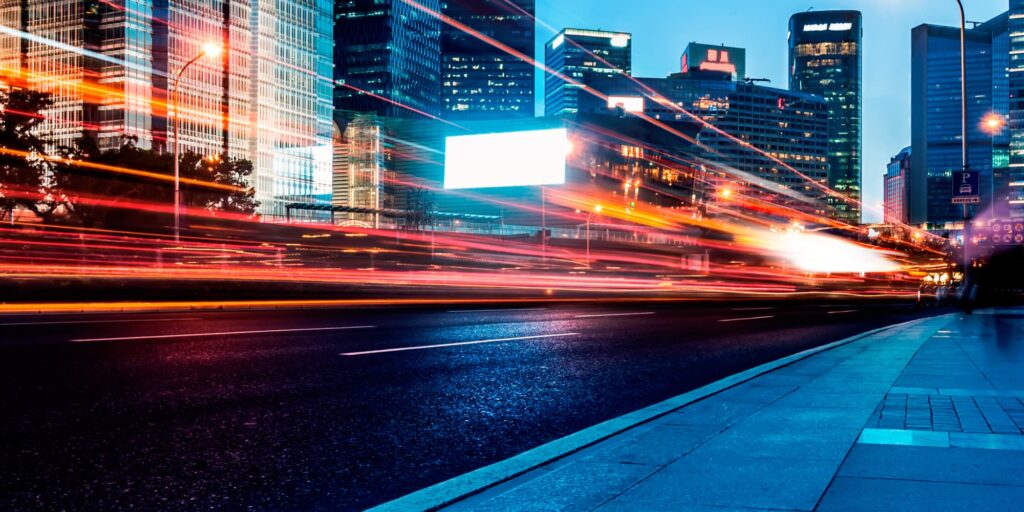Ah, branding. The marketing and communication department loves it and most of the rest of the company doesn’t really care that much. But, branding is about more than just fonts and colors. Organizations must protect their reputation that comes with the brand.
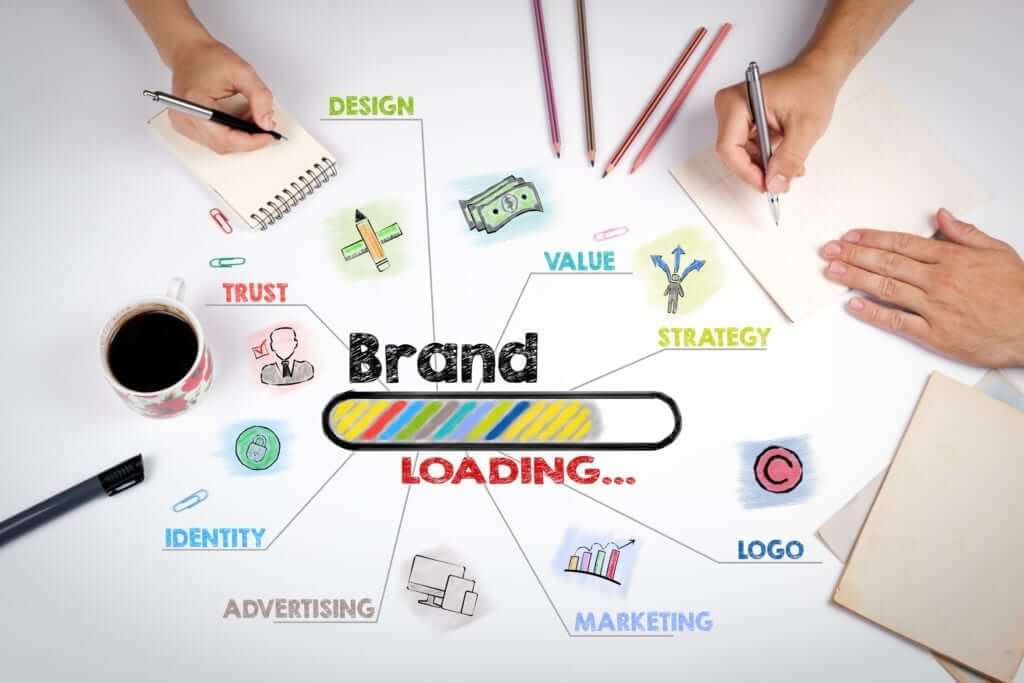
A big component of business continuity and risk management is protecting a company’s reputation. Often times many focus solely on the financial aspect.
Don’t get me wrong – financials are very important – but there is so much more that goes into protecting your brand reputation.
There are so many factors as to why people buy a product or service, and having a good brand is usually a large part of that. Yes, sometimes people simply just need something specific at the time, or they are making an impulse purchase, but having longstanding customers and/or clients who will advocate for your product or service only comes with a strong brand.
Consumers are less likely to work with your company or buy your product if they don’t trust you, and a company’s brand plays a large role in that trust. For example, if they see that all of your users’ information was somehow searchable on the internet, they aren’t going to give you their information and, ultimately, not work with you or buy your product or service.
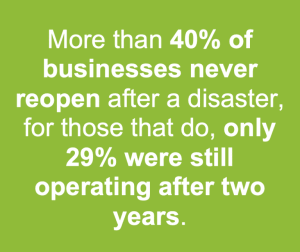
And many times, a damaged brand will negatively impact financials. There is some truth to the common saying, “any press is good press,” but typically it’s a short-term strategy. In general, sometimes business is boosted for a very short period of time but declines in the long-term. And if it’s bad enough, it will put an organization out of business. This is, of course, situational, so this isn’t completely the case all of the time, but it does happen a lot. According to the Federal Emergency Management Agency (FEMA), more than 40 percent of businesses never reopen after a disaster, for those that do, only 29 percent were still operating after two years.
Then there’s the phrase, “that’ll never happen to us.” Wrong. Natural and manmade disasters can hit at any moment. Billions of people have been affected by data breaches and cyberattacks, many brick and mortar retailers have already filed bankruptcy this year, and, in the past month, there have been multiple severe earthquakes that have hit around the world. It’s not if something happens but when something happens. And, if people find out you didn’t even try to prevent said negative thing from happening, they won’t trust you.
What’s more, with the world of social media and almost everyone constantly being connected, there is really nowhere to hide either.
Complaints on Twitter, Google reviews, and Yelp are just a few places your brand could be impacted. Just one video or tweet can go viral and change everything. Yes, not every single post will go viral, but a multitude of similar complaints can still really do some damage. Being prepared for these types of situations, help organizations make improvements and properly communicate.
It is important to remember that social media is not all bad and can be used as a medium to help relieve some of these pressures and impacts. The key though is sticking to your brand values. If you know something is coming up, depending on the situation, you can use social media to let people know what is going on or lead people back to your site with the information they might need. It is a good way to keep people updated in real-time, address issues, and elevate your brand.
In the UK, one company who has created a witty name for itself is Tesco Mobile. It’s known for hilarious tweets and clever replies. In its case, Tesco Mobile also uses social media to manage inquiries and complaints. For them, the playfulness works.
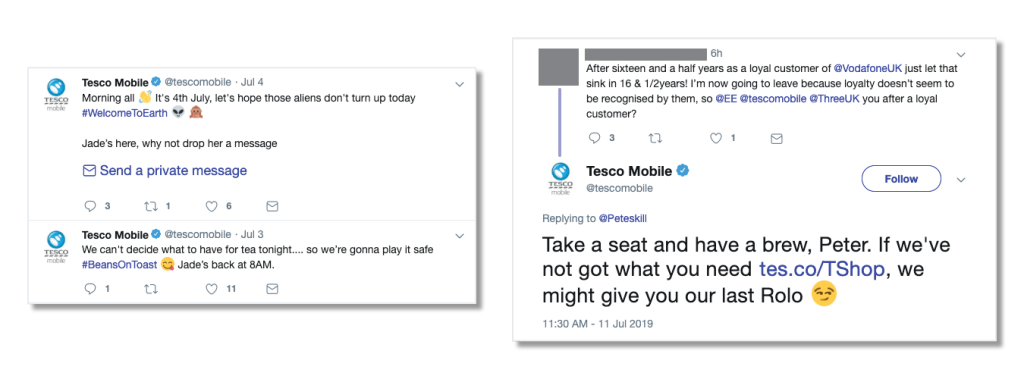
Oracle also uses social media as an avenue for its brand, but it takes a much different approach. It often posts industry insights and keeps people updated on things happening at Oracle. It also manages complaints with more care in a fact-based manner.
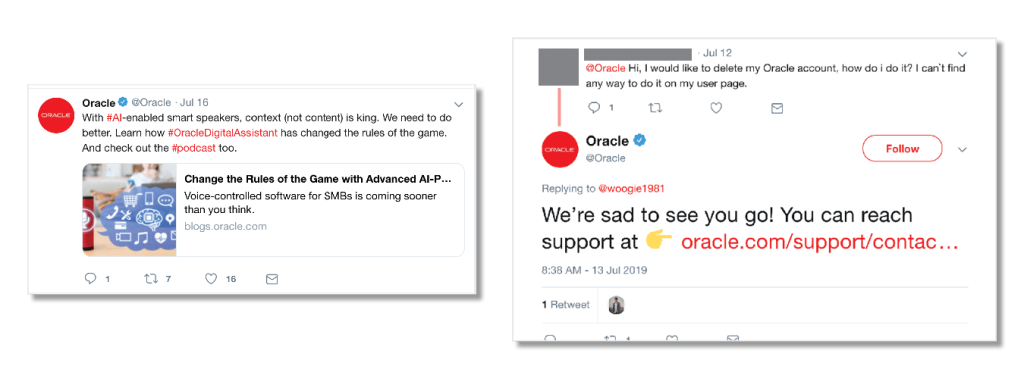
Both Tesco Mobile and Oracle use social media to communicate, but in different voices that reflect each company’s brand. There are a number of ways social media can be used to strengthen a brand, and organizations must find what is right for their company by aligning with the company’s voice and brand. It’s also important to remember social media is just one aspect of what makes up a company’s brand, but due to its wide reach, it can be a large component.
So why does protecting the brand matter?
In this case, the little things really do matter. If you waver, people will likely get confused. How you present yourself affects people’s perception of your brand. Transparency and consistency are key, whether that is on social media, in a press release, on your website, or via email. That doesn’t mean you have to tell the public everything, but you cannot twist the truth because that can lead to a whole other slew of trust issues. People understand that mistakes happen, but they have to trust that you are doing the right thing in a bad situation. And, you have to consistently show them that.
So how do you protect your brand in a constantly connected world with infinite disruptions and risks?
Well, the short answer is quite simple: easily accessible information (a.k.a. an information foundation that holds all of the organizational knowledge), which can be done through a secure business continuity management software. If you have a system that already holds regularly updated data, then it makes searching for the answers you need so much easier, especially during a crisis or incident. You can use this information to make more educated decisions, which enables you to be transparent because you have the single source of truth.
A good system should not only give you the ability to make a data-driven decision, instead of guessing what the right thing to do is based on what you think you know, but also allow you to track progress. This way you are working with facts, which in extreme cases can save a business. And since you have the facts, you can solve the issue (or mitigate the impact) and communicate the right information internally and externally quicker.
As laid out, there are an infinite amount of risks to your company’s brand, making it impossible to look at every single way something could go wrong. But, when you have the data you need, you can prioritize based on impact and likelihood. Thus, allowing you to properly prepare from prevention and impact reduction to communicating results and analysis, which in the end, protects your brand reputation.
Learn More About How Fusion Can Help
Want to learn more about making sure your brand reputation is protected through easily accessible information? Check out the Fusion Framework System.
